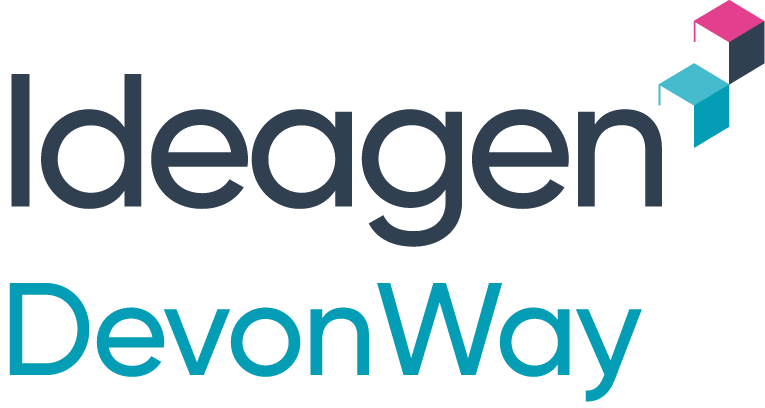The bigger an organization gets, the more decentralized it becomes. Sometimes this happens naturally, but usually it’s by design, as decentralization often provides efficiencies via quicker, more-local decision making. For example, large engineering and construction firms revolve around the individual projects, which are given a tremendous amount of operational freedom (within preset regulatory and quality parameters, of course).
An extreme example of this autonomy is the DOE Hanford Site, the nation’s largest environmental cleanup project, which is responsible for removing radioactive waste produced during the Manhattan Project and the Cold War. Although the Department of Energy has ultimate authority over the effort, the actual work is performed by private industry contractors, who operate according to the terms set by their contracts with the DOE.
In 2018, DevonWay was selected to provide software to help manage the contractor assurance processes for the Hanford site. You can read our whitepaper for a full description of what contractor assurance entails, but in a nutshell it’s a way for an oversight body (in this case, the DOE) to ensure that individual stakeholders (the contractors) are performing their work against the quality and delivery terms set by their contracts.
The software is now live, and about to be deployed (realistically, over the next several years) to the various contractors. In designing how this deployment was going to happen, the project team, working with the customer, had a couple choices. The first and most obvious was to force everyone to use the same instance. That’s typically how enterprise-wide systems work, and where there’s a large degree of process standardization, that’s a valid approach. But when your stakeholders are all separate private enterprises, who among other things don’t want their data to be shared with other private companies, that becomes a non-starter.
Ultimately, the DOE decided that the best approach was to set a few standards and requirements, but give the contractors the freedom to make the customizations they needed to match their own processes and workflows. Setting each contractor up in their own instance goes a step further because it gives them confidence that their data will remain visible only to them, not their potential competitors. And as long as certain classes of information are common across all the contractors for apples-to-apples reporting purposes (severity level classifications, for example), the DOE gets what it needs to ensure taxpayer money is being spent in the most effective way possible.
This approach works for the Hanford Site – for others, splitting data and workflows across departments or reporting authorities, or even enforcing the same workflow for certain processes, may work better. The reality is that there isn’t a one-size-fits-all approach, so it’s important to maintain the flexibility to choose the right deployment model that works for you.
Whether or not you have or are considering DevonWay software, we have lots of operational experience with complex deployments, and we’re happy to share that experience if you want to talk through your particular case. We always love hearing about real-world challenges.






